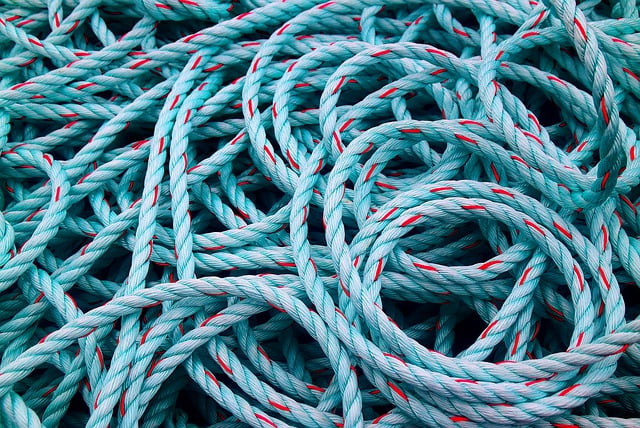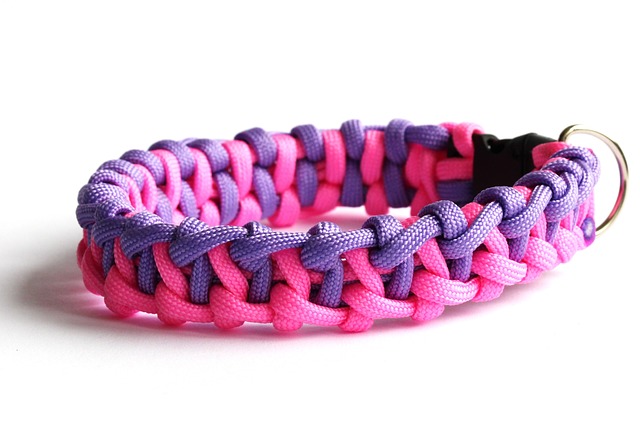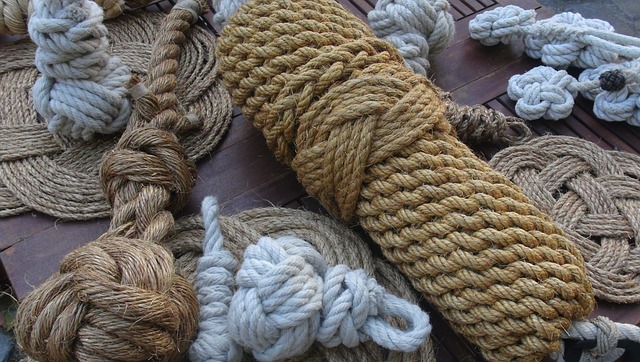When selecting the most suitable UV-Resistant Marine Rope for your nautical needs, discerning between polyester and polypropylene options is pivotal. Both materials offer unique benefits tailored for maritime conditions. This article delves into the key factors influencing durability and performance of these ropes, guiding you through their respective advantages and drawbacks in marine applications. Understanding the distinctions between polyester and polypropylene will aid in making an informed decision for your boat rope, ensuring optimal strength, flexibility, and longevity under the sun’s relentless rays.
- Polyester vs Polypropylene Marine Rope: Factors to Consider for UV-Resistant Boat Rope Durability and Performance
- Comparing Properties: The Pros and Cons of Polyester and Polypropylene in Marine Rope Applications
- Selecting the Right UV-Resistant Marine Rope: A Guide to Polyester vs Polypropylene for Boat Ropes
Polyester vs Polypropylene Marine Rope: Factors to Consider for UV-Resistant Boat Rope Durability and Performance

When selecting a UV-resistant boat rope that promises durability and performance, it’s crucial to evaluate the properties of both polyester and polypropylene marine ropes. Polyester, known for its exceptional strength-to-diameter ratio, offers a high level of resistance to abrasion and chemical degradation. This makes it an excellent choice for applications where the rope will experience frequent exposure to saltwater and harsh environmental conditions. Polyester’s ability to retain its mechanical properties in a wide range of temperatures ensures longevity and reliability on board.
On the other hand, polypropylene marine ropes are renowned for their buoyancy and affordability, making them a popular choice for dock lines and general deck use. However, when it comes to UV resistance, polypropylene can be prone to degradation over time under direct sunlight exposure, which can compromise its strength and performance. To mitigate this, manufacturers often treat polypropylene ropes with UV inhibitors to enhance their resistance to the sun’s rays. When considering UV-resistant boat rope durability and performance, it’s essential to weigh the benefits of each material type against the specific needs of your application. For instance, if you require a rope that remains supple and resistant to fading and loss of strength due to UV exposure, polyester might be the more suitable choice. Conversely, if affordability and buoyancy are paramount, treated polypropylene could be the way to go, provided it’s used in areas with less UV exposure or replaced regularly to maintain safety and functionality.
Comparing Properties: The Pros and Cons of Polyester and Polypropylene in Marine Rope Applications

Selecting the Right UV-Resistant Marine Rope: A Guide to Polyester vs Polypropylene for Boat Ropes

When selecting the right UV-resistant marine rope for your boat, it’s crucial to consider the specific conditions your ropes will face. Both polyester and polypropylene offer robust solutions against the harsh elements, but their properties differ significantly, which can influence their performance over time. Polyester ropes, often known as PET ropes, are renowned for their exceptional durability and resistance to UV rays, which makes them an ideal choice for long-term exposure on the water. They maintain their strength and flexibility even after prolonged sun exposure, ensuring they won’t weaken or degrade. Additionally, polyester is less prone to abrasion and has a lower moisture absorption rate compared to other materials, contributing to its longevity and reliability.
On the other hand, polypropylene marine ropes are lightweight and highly resistant to chemicals, which makes them an excellent choice for use in applications where there’s a risk of contact with harsh substances. They are also less expensive than polyester, offering a cost-effective solution for general boating needs. However, while polypropylene is UV-resistant, it may require more frequent maintenance to retain its strength and flexibility over extended periods of sun exposure compared to polyester. Boat owners should consider the intended use, budget, and environmental factors when deciding between these two materials. For applications where longevity, durability, and minimal maintenance are paramount, polyester UV-resistant marine ropes are often the preferred choice. Conversely, for cost sensitivity and chemical resistance, polypropylene may be the more suitable option. It’s essential to weigh these factors carefully to ensure your boat is equipped with the most appropriate rope for its needs.
When selecting the ideal UV-resistant marine rope for your nautical needs, it’s crucial to weigh the characteristics and performance of both polyester and polypropylene options. Polyester marine ropes excel in their resistance to water absorption and abrasion, offering superior durability under a range of conditions. On the other hand, polypropylene ropes are known for their lightweight property and high strength-to-diameter ratio, which can be advantageous for certain applications. Ultimately, the choice between polyester and polypropylene for your boat rope should be guided by the specific requirements of your application, considering factors like environmental exposure, load-bearing needs, and desired flexibility. By thoroughly evaluating these aspects with the provided guide and property comparisons, you can make an informed decision ensuring the best performance and longevity from your UV-resistant marine rope.



